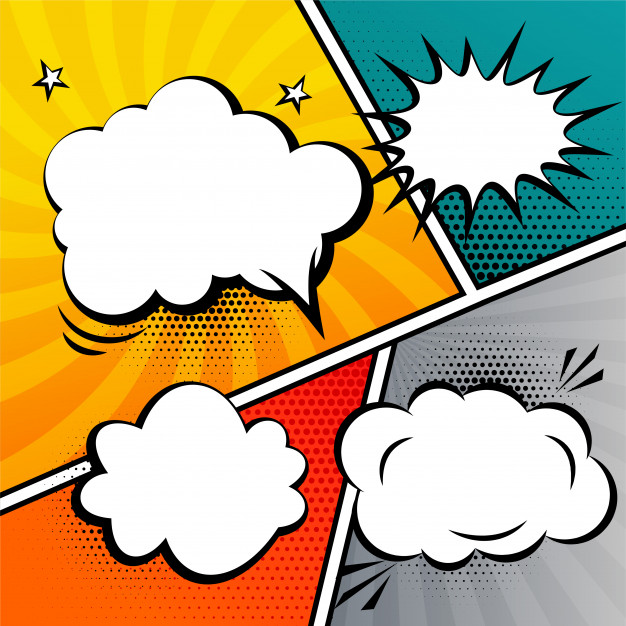Picture Games
Objective:
To raise awareness of human rights in everyday life
- To develop visual literacy, listening and communication skills
- To promote empathy and respect for human dignity
Time needed: 60 minutes
Group Size: 2 – 20
Materials needed:
- Pictures
- Cardboard
- Glue
- Envelopes
- Cartoons
- Paper
- Pen
Description of the Tool:
Step 1: In the first part of the activity, divide the students into pairs. Give each pair two envelopes containing a picture set. One student opens the envelope and shows to the other student one half of the picture. The other student has to guess what there will be in the other half of the picture. They then reverse roles. This helps the students to communicate and to be creative.
Step 2: In the second part of the activity, you can keep the students in pairs or else they can group in groups of 4. Using the whole picture they had receive in the envelope, they take turns in choosing a caption for that photo. The educator, after giving enough time for all students to finish, will ask to share the captions. The educator can expand further on this by seeing the different captions and asking the students what made them go for that particular caption. When the discussion finishes, ask the students to stick their picture on the cardboard sheet together with the caption so as to have a poster.
Step 3: In the last part of the activity, the students remain in their groups and together they need to create speech bubbles for their characters in their pictures. After they finish, the educator will invite the students to read their speech bubbles. This enables the students to analyse that same situations can mean different things in different cultures thus creating a different context.
Tips for educators
A variation to this activity is that instead of pictures with people, you can include pictures with animals. This can be effective to discuss stereotypes. You can for example start by showing how different animals are cast as stereotypes in different cartoons and then the students can look for examples of stereotypes in the pictures and speech bubbles.

